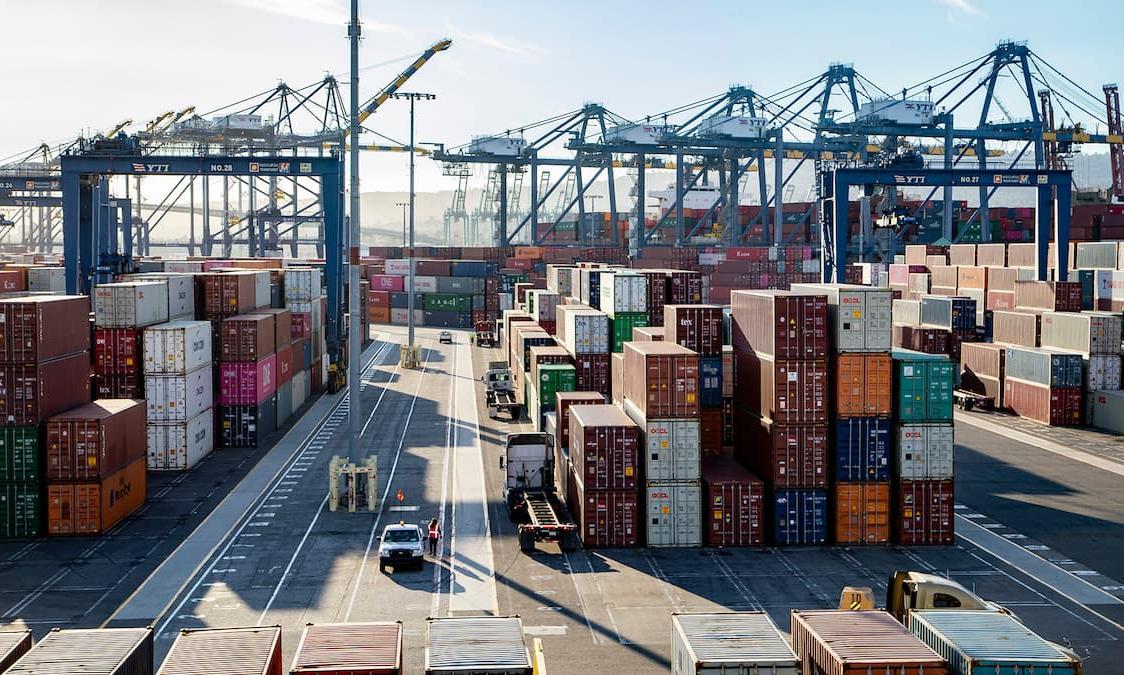U.S. West Coast imports decline sharply in Feb
Poor numbers confirm that U.S. importers continue to cut back on imports from Asia & run down inventories: Drewry

The Port of Los Angeles processed 487,846 TEUs in February 2023, a 43 percent decline from the previous February’s all-time record.
“February declines were exacerbated by an overall slowdown in global trade, extended Lunar New Year holiday closures in Asia, overstocked warehouses and a shift away from West Coast ports,” says Gene Seroka, Executive Director, Port of Los Angeles. "While we expect more cargo moving crossing our docks in March, volume will likely remain lighter than average in the first half of 2023. We’re using this volume lull to focus on new data and infrastructure initiatives to improve efficiency in preparation for increased throughput."
February 2023 loaded imports reached 249,407 TEUs, down 41 percent compared to the previous year. Loaded exports came in at 82,404 TEUs, a decline of 14 percent compared to last year. Empty containers landed at 156,035 TEUs, a 54 percent year-over-year decline.
Container volume for the first two months of 2023 came in at 1,213,860 TEUs compared to 1,723,360 TEUs in 2022, a 30 percent decline.
Long Beach sees 32% decline
The Port of Long Beach moved 543,675 TEUs last month, down 32 percent from February 2022, which was the Port’s busiest February on record, says an official release.
"Cargo moving through the Port of Long Beach slowed in February due to full warehouses, reduced consumer spending and the closure of east Asian factories during the Lunar New Year holiday."
Imports declined 35 percent to 254,970 TEUs and exports decreased six percent to 110,919 TEUs. Empty containers moving through the port were down 38 percent to 177,787 TEUs.
“Trade continues to normalise following the record-breaking cargo numbers we saw at the start of last year,” says Mario Cordero, Executive Director, Port of Long Beach. “We are investing in infrastructure projects that will keep us competitive as we collaborate with industry stakeholders to focus on trade volume.”
No backup at LA/LB ports
No backup of container ships at LA/LB continues since it ended four months ago on 22 November 22, 2022, according to the latest data from Captain J. Kipling (Kip) Louttit, Executive Director, Marine Exchange of Southern California & Vessel Traffic Service.
"There is ample labour and open berths...lots of them. The good news is that we've essentially returned to pre-Covid levels of the number of container ships at anchor. 0-1 in 2018-2019, and 0-1.1 since September 2022... great for safety and air quality, especially during the windy winter weather we've been having. Ocean carriers and container ships are complying well to stay outside the Safety and Air Quality area until they reasonably expect to go to a berth within three days but are reminded to continue to do so."
Bad scene at U.S. West Coast: Drewry
"U.S. West Coast import collapse worsened in Feb (-38 percent)," writes Philip Damas, Head, Supply Chain Advisors Practice and Managing Director, Drewry in his LinkedIn post.
"Implications: The February monthly volume is also 21 percent lower than the corresponding inbound volume for January 2023 (635k teu), showing that there is no tangible sign of recovery in the U.S. West Coast volumes. In Drewry's opinion, the poor numbers confirm that U.S. importers (retailers and manufacturers) continue to cut back on imports from Asia and to run down their excess inventories."
Drewry WCI down 80% YoY
Drewry’s composite World Container Index (WCI) decreased one percent to $1,790.36 per 40ft container this week, and has dropped by 80 percent compared with the same week last year.
"The latest Drewry WCI composite index of $1,790 per 40-foot container is now 83 percent below the peak of $10,377 reached in September 2021. It is 33 percent lower than the 10-year average of $2,691, indicating a return to more normal prices but remains 26 percent higher than average 2019 (pre-pandemic) rates of $1,420."
Drewry is expecting small week-on-week reductions in rates in the next few weeks.


